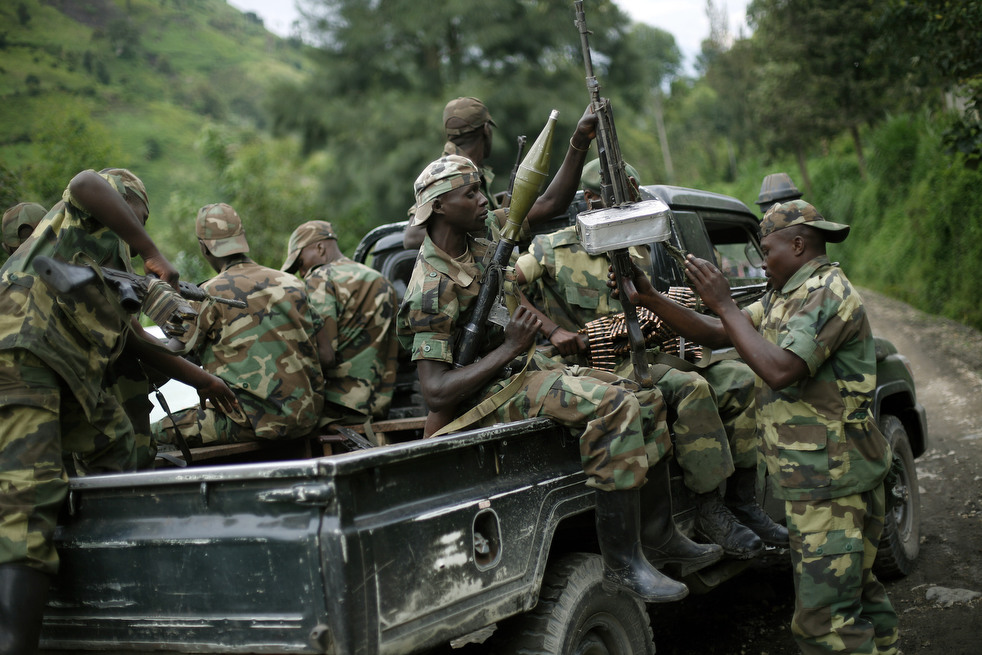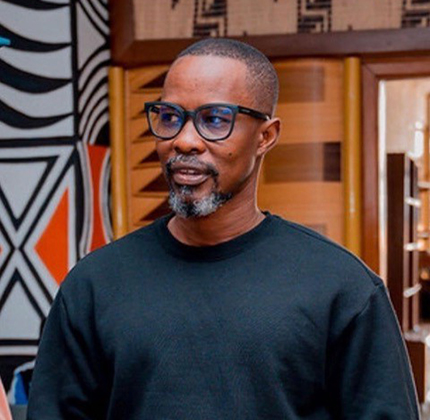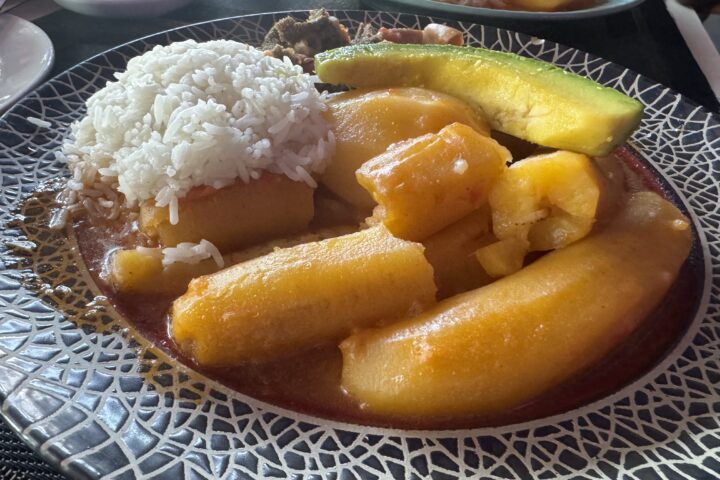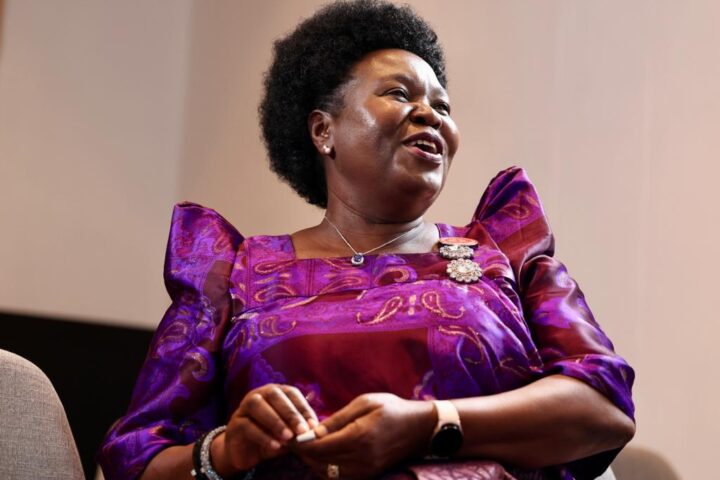The Ugandan government must seek an extension of their stay inside the Democratic Republic of Congo if they are to maintain their campaign against the Lord’s Resistance Army. This is because the agreement for the three nation “operation lightning thunder” opened a 30 day window for the Uganda People’s Defence Forces to enter Congolese territory.A drawn out military expedition would require more men to stay longer inside the Congo, a political hot potato for both Uganda and her large neighbor because of their recent history of hostilities. In the 90’s and up to 2003, Uganda had an inglorious occupation of the DRC after her troops participated in the removal of the Congolese dictator Mobutu Sese Seko. That expedition turned bloody when the national army remained in Congo after political disagreements with Mobuto’s successor, Laurent Kabila whose son Joseph Kabila is now President. After international condemnation forced a withdrawal of troops Uganda has continued to face accusation of maintaining armed proxies inside Congo in part to maintain a sphere of influence in competition with Rwanda. Both governments have just weeks ago been accused in a UN Panel of Experts report on Congo of fueling the conflict in the East between the Kinshasa authorities and rebels led by Gen Laurent Nkunda. The exact details of the agreement for Ugandan military presence in the current campaign is not known but suffice to say it is not open ended. According to Hon Okello Oryem [Minister of State Foreign Affairs] Uganda had indicated to the Congolese that a month was an unrealistic timeframe to hunt down the LRA. The permanent secretary of the Ministry, Amb. James Mugume, however says because the operation is a joint effort negotiated within the framework of the Great Lakes Conference on Peace and Security [GLCPS], the UPDF was obligated to stay put until the job was done.
“There is no time limit” he said in an interview on Sunday. It’s unclear how Uganda’s bilateral arrangement fits into the framework of a joint effort under multilateral agreements which like the protocols of the GLCPS are still being negotiated.
Information from the army which remains the only source of news about the campaign suggests this operation is not about to end. So far the aerial raids remain the main success against the rebels. While they may be on the run there are no large casualties sustained by the LRA [or at least no reported ones]. LRA leader Joseph Kony is still alive and apparently his officer core too. With superior knowledge of the terrain, the rebels could theoretically wage an unconventional war, much like they did for close to two decades against the UPDF in Northern Uganda. The rebels this week claimed they had shot down a UPDF helicopter.
Uprooting them may require nothing short of a Ugandan occupation force inside Eastern DRC. Already the latest campaign though taking place in Congo is being couched in Northern Uganda terms. The army has declared it will protect civilians against rebel massacres, the most recent one being the reported killing of 90 people since the operation against them got underway.
According to Capt. Chris Magezi, the UPDF media liaison for Lightning Thunder the UPDF will now maintain forces for the protection of civilians. Speaking to the Daily Monitor Capt Magezi said “It is a strategy we used in Northern Uganda and it succeeded”. The reference is to the controversial protected villages which have come to characterize the two decade Northern Uganda strategy of the Uganda government. This presents problems since normally it would be the obligation of the Congolese government to provide this sort of protection. The army did not say however if it would indeed be Congolese national army troops who would secure villages against the LRA in the course of the current campaign or if the Ugandan army would do so. If it is the latter it points to a longer and perhaps even unwanted stay of the UPDF in Congo. According to the Ministry of Foreign Affairs, while the so-called Plan B military option against the LRA was formulated in the US supported Tripartite Plus Group which brings up regional military heads from Congo, Rwanda, Uganda and Burundi [South Sudan is not a member], the presence of Ugandan troops in DRC was negotiated “bilaterally”. Speaking on this subject Hon Henry Okello Oryem, a former member of the government peace team said consultation with Congolese authorities would continue throughout the campaign.
However well placed sources have told this newspaper it is not the Ministry of Foreign Affairs which negotiated the deal to get Ugandan troops in but the Ministry of Defense, more specifically the office of the Chief of Defense Forces, Gen Aronda Nyakairima. An extension, if it comes to that, will be negotiated through similar channels. This also presents its own challenges. While the military establishment in both Congo and Uganda may be on the same page, bilateral relations are often run by politicians who place political interests first. Ugandan military presence in Congo is an incendiary subject for Congolese politicians and may be responsible for the upsurge of Congolese nationalism in recent times. In the last Congolese general election, President Kabila had to defend himself from accusations, ironically from Ugandan allied Jean Pierre Bemba, that he was not “100% Congolese” a thinly veiled attack on his past relations with Uganda and Rwanda. Many Congolese welcomed the withdrawal of Ugandan troops and much of the violence in the Kivu’s is attributed not just to ethnic competition but to civilian hostility toward perceived Rwandan/Ugandan meddling.
If Congolese politicians make the continued stay of Ugandan troops an issue it will present fresh challenges for Lightning Thunder whose ultimate goal is to permanently disable the LRA rebellion. President Yoweri Museveni is also bound to face fresh criticism if the operation drags on. His critics, including members of parliament from Acholi, say the government jumped the gun by attacking Kony and should have pursued talks with the rebels longer. Opinion on this is that by touching the hornets’ nest, and if a military campaign does not succeed immediately, LRA could regain capacity to cause havoc in the north where resettlement programs are beginning to take root.
While the war theatre is removed from Ugandan territory, small groups of rebels can spread fear by random attacks which would unsettle the peace there. A long campaign would also open the army to scrutiny given its past record in the DRC which can galvanise into the sort of international discomfort with foreign influence inside Congo. While there in the 90’s Ugandan forces were accused not just of pillage and plunder but of possible human rights abuses which was confirmed in the judgement against Kampala in the International Court of Justice. An award of 10 billion US dollars to Congo is still being negotiated between the two governments. If UPDF have to stay to hunt Kony, all of these factors will come to play in various forms, perhaps even running interference with the military objective to finish off the rebels as a national security threat. At the heart of it will be a cost benefit analysis of the path of peace talks as opposed to the military option that the government has mainly favored.
Over the years however the fate of the LRA rebellion has changes significantly on one variable- regional alliances. The tide has tilted against the rebels whenever agreements are reached, like the one between the Ugandan government/ South Sudan’s SPLA and the patrons of the LRA, the government of Khartoum which in 2003 saw the routing of the rebels from their bases in Sudan. If these alliances remain intact the rebels will always be under pressure. If they collapse to special interests however it will give the rebellion another lease of life beyond operation lightning thunder.
submitted to the Daily Monitor, Kampala










